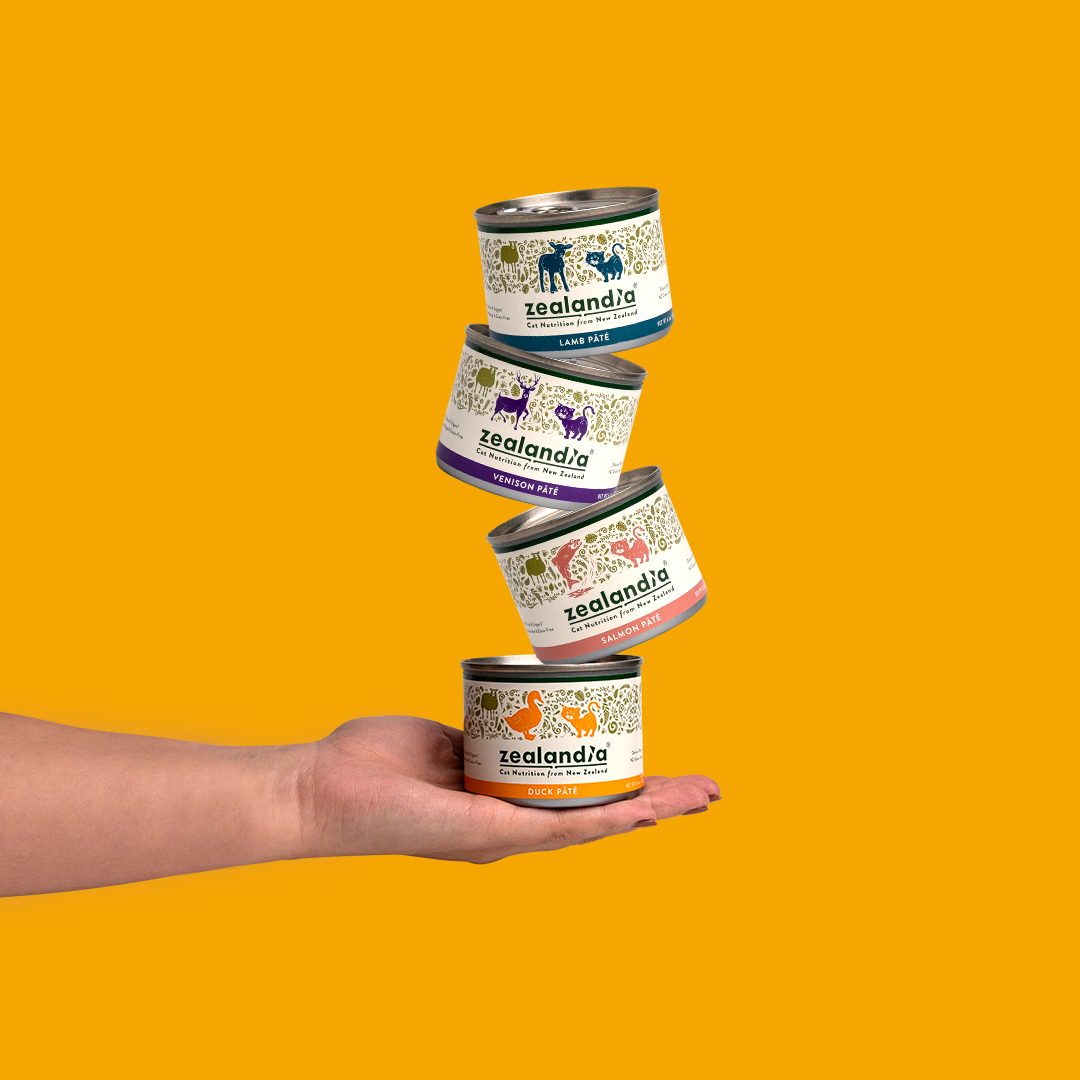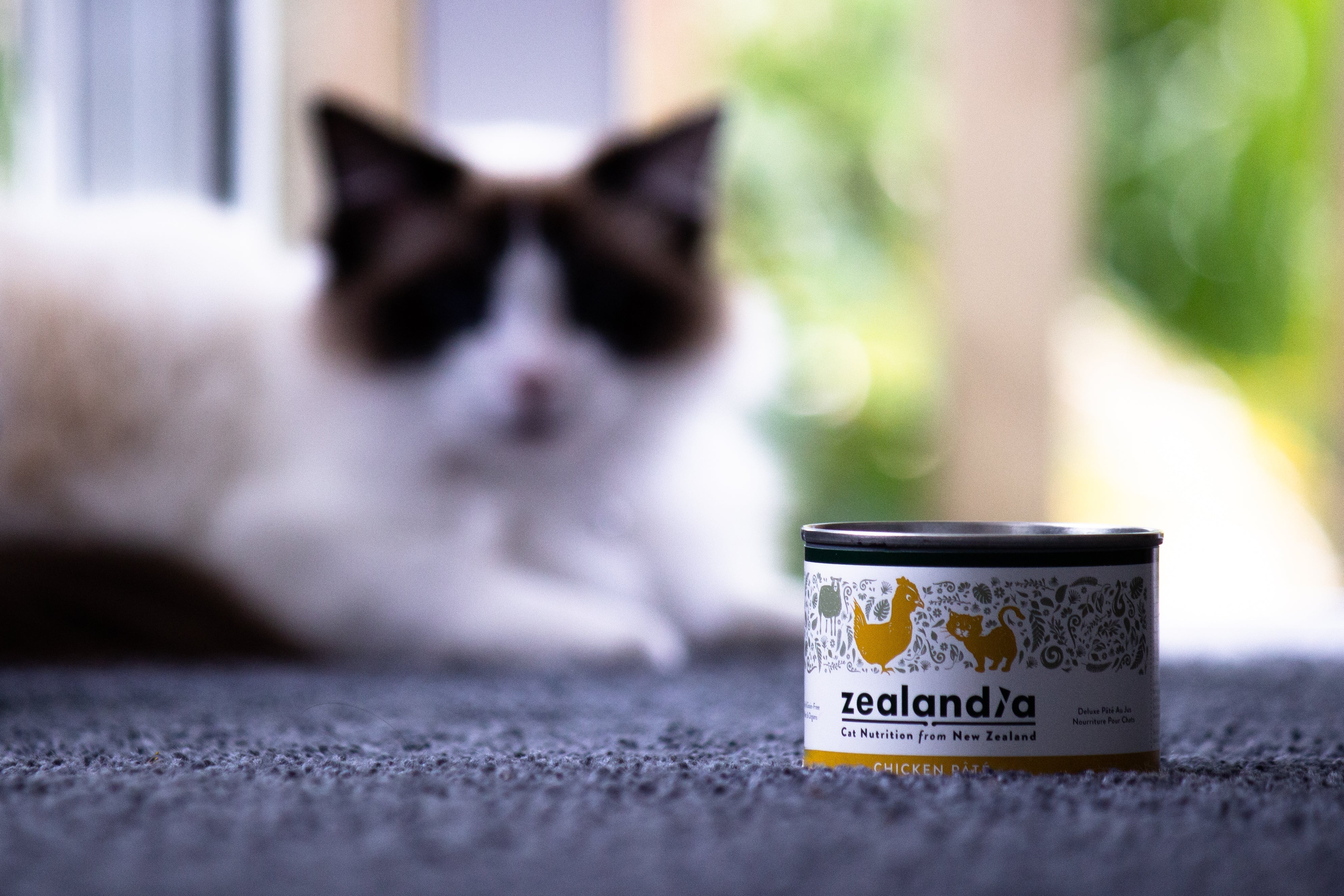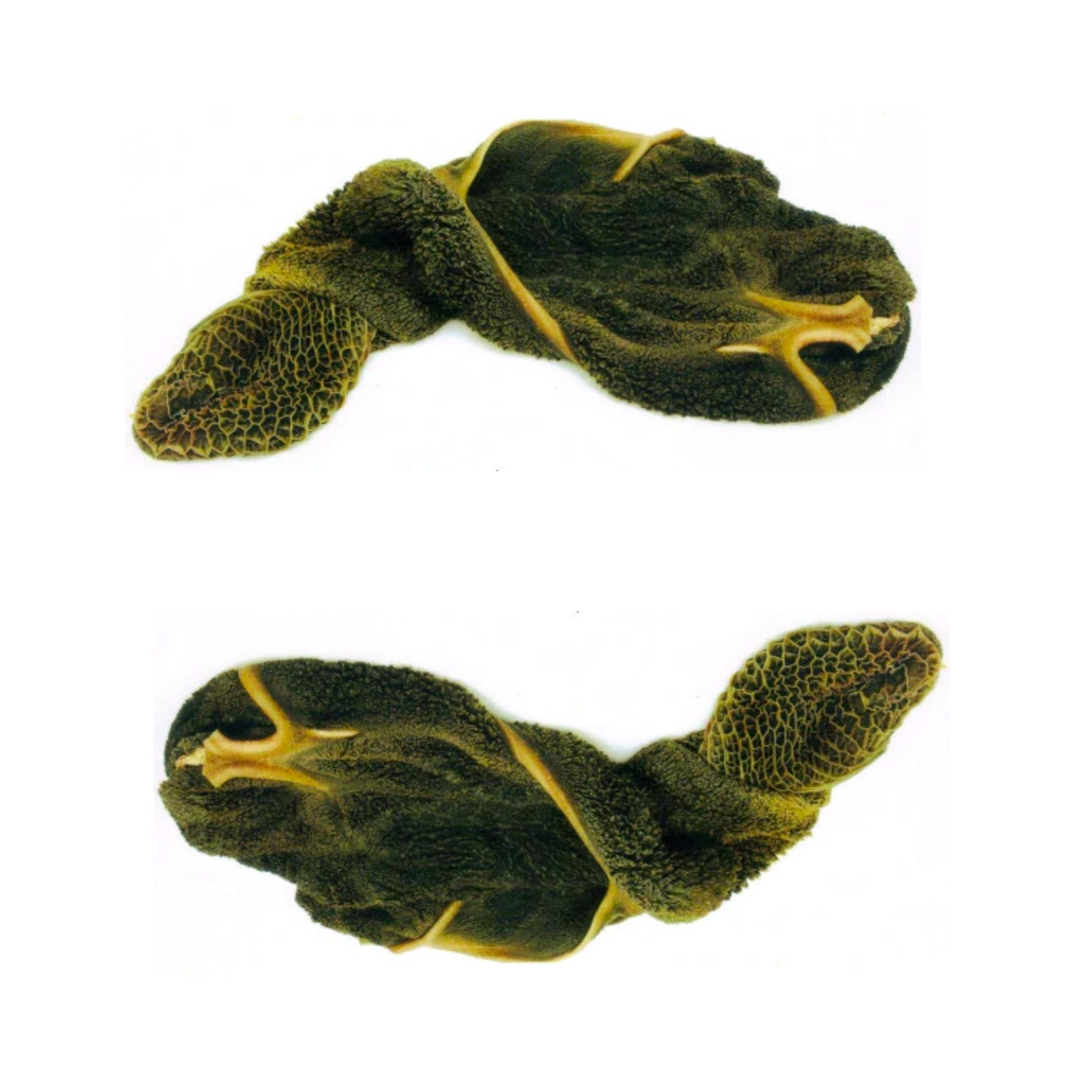Can chewing natural dog treats regularly help prevent Periodontal Disease?

Written by Dr Sarah-Jane Molier BVM&S MRCVS BSc (United Kingdom)
Periodontal disease is one of the most common health conditions affecting adult dogs. It affects more than 80% of dogs over the young age of only 3 years. It’s a painful condition that can progress if left untreated, causing problems around the rest of the body, such as kidney and heart disease. The good news is that periodontal disease is preventable! So, here’s all you need to know about keeping your dog’s teeth and gums healthy.
What is periodontal disease?
A dog’s teeth are held in place by the ‘periodontium’, which is made up of:
- the gums (gingiva),
- a fibrous band that attaches the tooth root to the bone socket (the periodontal ligament),
- the bone containing the tooth sockets (alveolar bone) and
- the calcified surface of the tooth root (cementum).
So, periodontal disease describes infection and inflammation (redness and swelling) of these structures.
Without brushing, plaque develops on the teeth. Plaque is a biofilm made up of bacteria, saliva, and food particles. Within 2 or 3 days, this plaque mineralises to form calculus (tartar), which then attracts further plaque. While plaque can be brushed off, calculus is resistant to brushing.
Periodontal disease happens when the bacteria in plaque causes inflammation and infection of the periodontium. It occurs in two stages. The first stage is gingivitis or inflammation of the gums. This can then progress to periodontitis, which is inflammation of the structures which support the tooth. If left untreated, periodontitis can lead to gum recession, tooth root exposure or abscess, oro-nasal fistulas (holes between the mouth and nose), tooth loss, osteomyelitis (infection of the bone), and even jaw fractures and/or bone loss.
In advanced periodontal disease, the bacteria can travel in the bloodstream and cause problems for the whole body, not just the mouth. In particular, the liver, kidneys, and heart can be affected. Diabetic dogs can also be very hard to treat if they have periodontal disease.
What causes periodontal disease in dogs?
Poor oral hygiene and diet are major causes of periodontal disease in dogs. However, there are some other predisposing factors. For example, although dental disease can start from a very young, it is more common in older dogs. Some breeds are also more prone to periodontal disease, such as sight hounds, brachycephalic (flat-faced), and small breeds. Periodontal disease is also more likely if the teeth are overcrowded, such as with retained deciduous (baby) teeth.
What are the signs of periodontal disease in dogs?
Most dogs are naturally stoic creatures, and the majority of dogs will continue to eat well, even with advanced periodontal disease. So, it’s important that you check your dog’s teeth and gums regularly (if you can safely do so!), and that you know the signs to watch for.
Symptoms of periodontal disease in dogs include:
- A thin red line where the gum meets the tooth
- Sore, swollen, red gums
- Bad breath
- Visible tartar
- Dropping food when eating
- Chewing on one side of the mouth
- Favouring soft foods
- Drooling, or blood-stained saliva
- Pawing or rubbing at the mouth or face
- Becoming head shy
- Swelling on the face
- Sneezing, nasal discharge, blood-tinged discharge from the nose
- Reduced appetite
- Weight loss
If you notice any of these signs, it’s important that you book an appointment with your vet as soon as possible. Remember, periodontal disease is painful for your dog!
How can I treat my dog’s gum disease naturally?
Unfortunately, once periodontal disease develops there is no natural cure, and your dog will need veterinary treatment. Home care can help prevent gum disease, but it cannot treat the condition.
Luckily, gingivitis is reversible with a professional cleaning by your vet. In the more advanced stages, the disease cannot be reversed, but treatment can slow or halt its progression.
Depending on the severity, treatment can involve any of the following:
- Veterinary dental cleaning under general anaesthetic
- Anti-inflammatory medication
- Antibiotics
- Dental surgery (including tooth extractions)
Veterinary dental cleaning under general anaesthetic is crucial, as it enables cleaning below the gum line. This is not possible conscious, and natural chews do not benefit the area below the gum line.
So, as with most things, prevention is better than cure! Luckily, periodontal disease in dogs is preventable. There are plenty of things you can do at home to help prevent periodontal disease.
How do you prevent periodontal disease in dogs?
Just as we should go for regular dental hygienist appointments, regular professional cleaning is important for the prevention of periodontal disease in dogs. However, home care is also one of the most important factors.
Home care for the prevention of periodontal disease includes:
Veterinary check-ups
Regular veterinary dental checks are essential since the early signs of periodontal disease can be easy to miss. Remember, periodontal disease is only reversible in the early stages.
Tooth brushing
Just as with people, brushing your dog’s teeth is considered the ‘gold standard’ for oral hygiene. The majority of dogs will tolerate brushing, and some even enjoy it! Patience is the key. You’ll need to use a softheaded toothbrush or finger brush and some toothpaste specifically designed for dogs so that it can be safely swallowed.
Diet
A poor quality diet will contribute to the formation of plaque, especially if you are offering any sugary dog or human food. However, there is little evidence to support the claims that wet food causes more plaque build-up on teeth than dry food.
Dental chews
Dental chews can be used alongside tooth brushing, or instead of brushing for dogs that won’t tolerate it. Studies have shown that daily dental chews can reduce the formation of plaque and calculus, as well as gingivitis and bad breath. There is some evidence that rawhide chews in particular can help to protect against periodontal disease.
When choosing dental chews, it’s important that you consider the size of your dog and their chewing habits. Chews mustn’t be too hard, for example, hard nylon, or they may cause the teeth to fracture. Rocks or wooden sticks are not suitable either, as they can also damage the soft tissues, food pipe, or stomach.
Bones and antlers are an increasingly popular, but controversial option. You should never feed cooked bones to your dog as they can cause a blockage in your dog’s guts. If this happened, your dog would need emergency surgery to remove the blockage. Bones can also splinter and damage the food pipe, stomach, or intestines. Too many bones can also cause constipation, so they are not suitable for a daily oral healthcare regime. Raw bones and antlers are also very hard and can cause tooth fractures.
It's important that you monitor your dog when they are chewing on dental chews. If the chew becomes damaged or sharp, you should remove it from your dog’s reach.
Daily dental chews can help to prevent periodontal disease, by mechanically removing plaque and by increasing saliva production, which has natural antibacterial properties. There are many specially designed dental chews for dogs on the market. You could even pop some dog toothpaste on the surface of the chew, for added benefit. Chewing is also good for your dog’s mental stimulation since it is a natural and instinctive behaviour.
Food/water additives
There are a variety of products available, including mouth rinses to add to their water, dental wipes, food supplements, and specially formulated dental diets. Your vet will be able to advise you on the best products for your dog, based on their breed and medical history.
Because plaque can start to mineralise in as little as 2-3 days, any of these preventative measures will need to be used daily, or at least every other day, to be effective.
Final thoughts
Sadly, a great majority of adult dogs have periodontal disease, which is a painful condition that can have serious consequences if left untreated. As with anything, prevention is better than cure! It’s important that you take your dog for regular dental checks with your vet, as well as incorporate dental care into your daily routine. While daily brushing is the ‘gold standard’, there are many other options you can use alongside brushing. Dental chews are a good addition to brushing, as they benefit your dog’s mental well-being as well as to help prevent periodontal disease.
If you notice your dog showing any signs of periodontal disease, or have any concerns about their mouth, you should contact your vet as soon as possible. The earlier gum disease is treated, the better the outcome.



